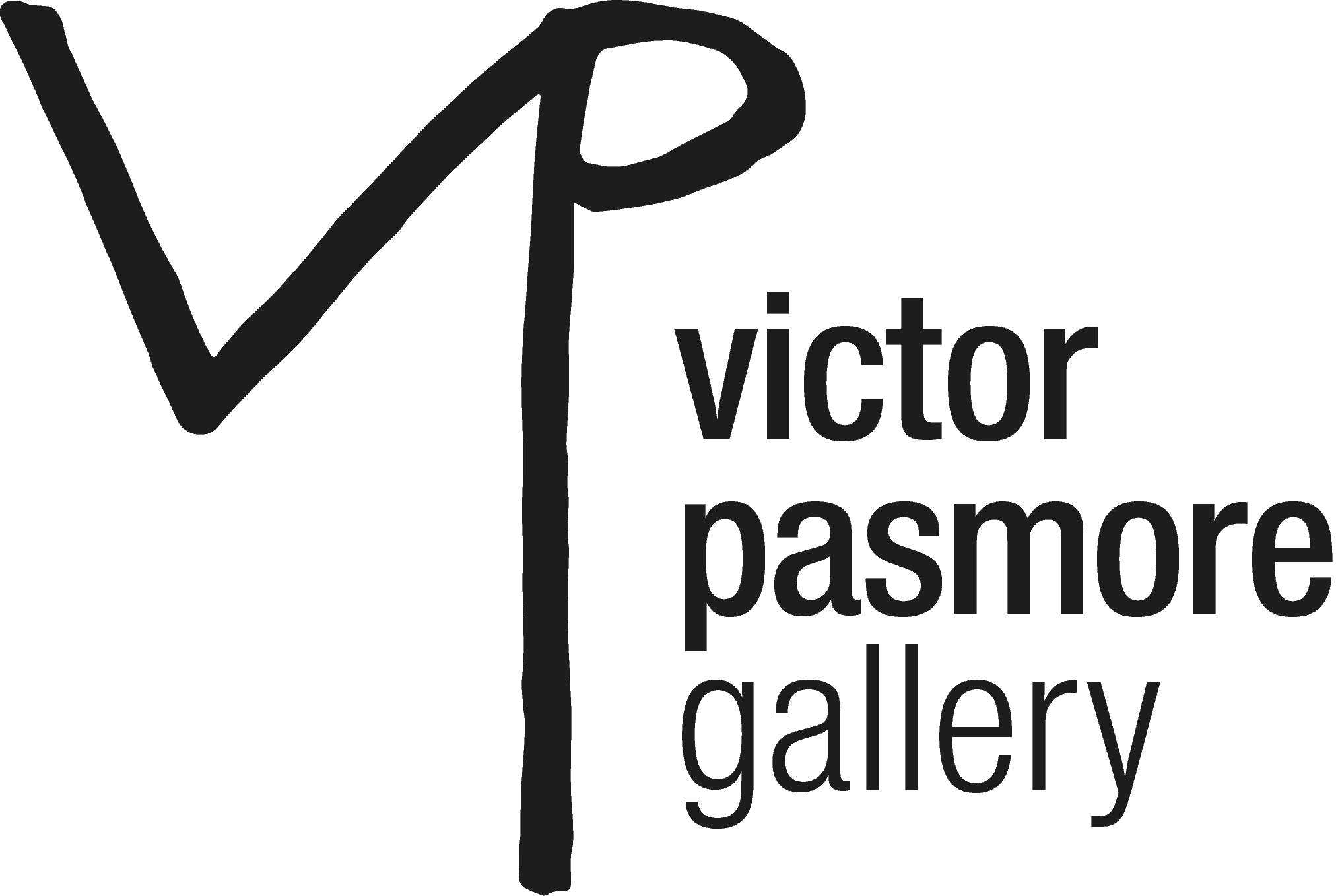‘Throughout the 1950s and 1960s, Emvin Cremona developed and strengthened his understanding of abstract composition by introducing bright, strong colours and linear features to his work, echoing the contemporary artistic developments in France. Cremona’s ideas and experimentation are key to the development of abstract painting in Malta. Following the first abstract works, and in between the many private and public commissions, Cremona managed to develop abstract composition by using broken glass.’
A selection of articles published in Treasures of Malta.

Remembering Isabelle Borg (1959-2010)
Abigail Pace
‘Borg exposed herself to the Neo-Expressionist movement which was very prominent in Germany and Italy in particular, and her work also bordered onto the Fauvist. She adopted a strong use of colour to evoke an atmosphere of space and sensation – an exploration towards a more personal language… The bull and the sea are themes pertinent to Maltese culture and they have a special kind of function in her work because that is the place with which she is more identified, her spiritual home’

Giorgio Preca di Malta -
A double self portrait of an artist’s soul
Sandro Debono
‘The main signifier of Preca’s double self-portrait is an alien tickling the artist’s brain, which complements a series of alien representations painted by Preca in Malta during the 1950s. This unusual series, extensively exhibited and published, also includes a select repertoire of fine drawings that testify to Preca’s agility and search for expressiveness in drawing’

Sculpting with Light –
Joseph Calleja (1924-2018)
Theresa Vella
‘With his own original kinetic art forms, Calleja was well-prepared to join the North American avant-garde movement of the 1970s. In 1972, he returned to the Pollock Gallery with an exhibition of kinetic sculptures in polished chrome steel, moving in undulating waves while reflecting bursts of light. The art critic Wayne Edmonstone wrote that Calleja’s creations occupy the Pollock Gallery like a race of electronic house plants … some reflect the fluidity of water, others curl and curlicue like rings of smoke from endless cigarettes, while yet others cuddle and embrace.’

Frank Portelli –
Pioneer and artist
Kenneth Wain
‘For a brief time in 1954 he also experimented, not unsuccessfully, with collage. Although he quickly abandoned the medium which he never repeated, the experiment was important and was carried over later to an important phase (which he referred to as constructivist) of his contour works – which he produced and developed in different forms until the end of his life’

Julian Trevelyan and Mary Fedden –
Impressions of Malta
Lawrence Pavia
‘Although both Trevelyan and Fedden had their own individual artistic approach, it was evident that in the 1950s Fedden’s works had absorbed a lot of influence from Trevelyan. One of Fedden’s biographers, Mel Gooding, attributes such an influence to the creative elements, commitments and confidence, rather than to the style itself. Whereas Fedden gravitated towards still lifes, Trevelyan was more concerned with the landscape, but with a preoccupation of the human element and that of capturing the spirit of the place.’



